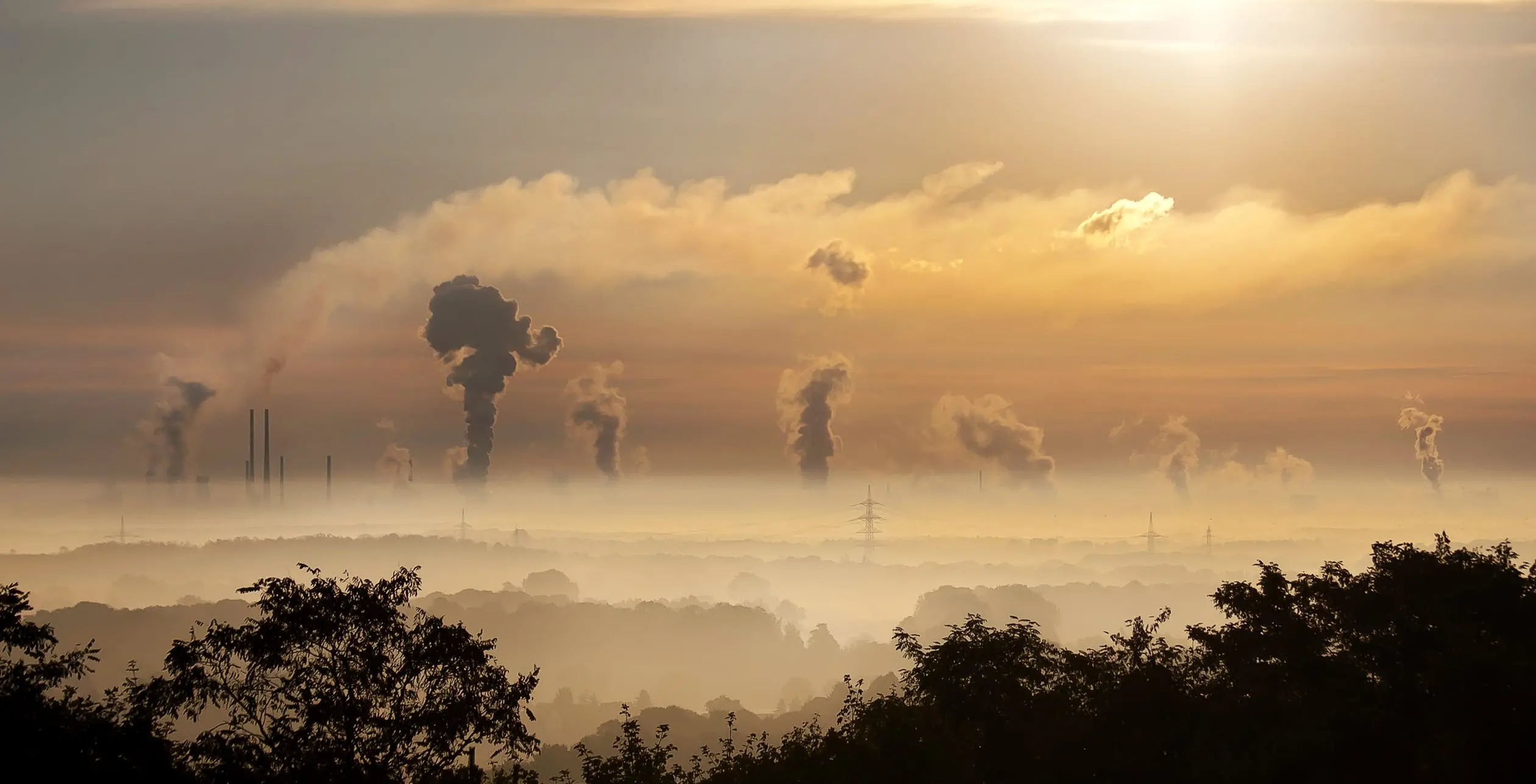If carbon capture and storage was cheap and easy, it would be a technological fix for the issue of climate change. It's not that simple, of course. But along with a range of other technologies and policies, carbon capture and storage can be part of the answer. In the Global Status of CCS 2018, the Global CCS Institute provides an overview of this technology (download requires free registration). The tone of the report is boosterish and upbeat about the technology--but it's also full of facts and case studies and background about efforts currently underway.
Here are some main points:
When the Intergovernmental Panel on Climate Change develops scenarios for how the world economy limit carbon in the atmosphere in the next few decades, a major expansion of carbon capture and storage is baked into those forecasts.
"In October 2018, the Intergovernmental Panel on Climate Change (IPCC) released its highly anticipated Special Report on Global Warming of 1.5 °C (SR15), reinforcing the role carbon capture and storage technology must play in beating climate change. ... Significantly for CCS, it made the point that any remaining emissions would need to be balanced by removing CO2 from the air. CCS was acknowledged in three of all four pathways IPCC authors used to reach 1.5°C and was singled out for its ability to: `play a major role in decarbonising the industry sector in the context of 1.5°C and 2°C pathways, especially in industries with higher process emissions, such as cement, iron and steel industries.'"
There are a number of reasonably large-scale CCS facilities in operation, but they have naturally tended to pick the approaches that are already cost-effective. The question is whether CCS will spread into a much broader array of uses.
There are now 43 commercial large-scale global CCS facilities, 18 in operation, 5 in construction and 20 in various stages of development. ... The first-of-a-kind commercial CCS facilities addressed in this report have already been in operation for years, mostly in industrial applications. They are “low hanging fruit” in terms of deployment – natural gas processing, fertiliser, ethanol production where CO2 capture is an inherent process of productions. There is still a swathe of industrial applications crying out for CCS application. There is also a wave of new innovations such as hydrogen with CCS, direct air capture, CCS hubs and clusters that need to be deployed. ...
CCS is the conduit to a new energy economy of hydrogen production, bioenergy with CCS (BECCS), direct air capture (DAC) and carbon to value (C2V), representing a raft of CO2 reuse applications.
Hydrogen: Several CCS clean hydrogen initiatives are at the planning and feasibility stages in Europe – Hydrogen 2 Magnum (H2M) in the Netherlands, H21 North of England, Hynet North West, Ervia Cork CCS, HyDeploy in the UK. In Australia, the Hydrogen Energy Supply Chain is paving the way towards CCS enabled hydrogen production.
BECCS: Bioenergy with carbon capture and storage offers large-scale negative emissions (carbon removal) where CO2 emissions are removed from the atmosphere through the application of CCS to the transformation of trees and crops into energy fuels. The CO2 capture at Arkalon and Bonanza ethanol plants in Kansas, and CO2 storage in enhanced oil recovery, as well as Illinois Industrial CCS are well-known BECCS operations in the US.
DAC: Direct air capture, whereby CO2 is removed directly from the atmosphere through the use of capture technologies that bind or “stick” to CO2, is operating successfully at Zurich-based Climeworks, Canada’s Carbon Engineering (CE), and Global Thermostat in the US.
C2V: CO2 is being innovatively used to manufacture new C2V products, including fertiliser feedstock (SABIC in Saudi Arabia), soda ash (Carbon Clean Solutions in India), foams used in mattresses and upholstered furniture (Cavestro in Germany), bricks and cement (Australia’s Mineral Carbonation International), it is acid gas injection with subsequent CO2 storage.
Nicholas Stern, one of the most prominent economists studying climate change, thinks that the technology is moving forward briskly. The report quotes Stern:
The last 12 months have been particularly refreshing in the world of CCS. There has been a noticeable surge in inclination and activity with policy-friendly CCS legislation introduced in the United States (45Q), China (an ETS) to new levels of political action undertaken in the UK (the Rt Hon Claire Perry’s CCUS Cost Challenge Task Force), Norway (ACT – Accelerating CCS Technologies), and the Netherlands (CCS Road-map). ... More and more, people are seeing the practicality and importance in deploying the one technology proven to decarbonise “difficult” sectors such as cement and steel and “locked-in” fossil fuel-based infrastructure. ... The concept of industrial CCS hubs and clusters is taking rapid shape in North Western Europe ... Industry is closely situated, storage resources are abundant, employment is assured, the business case is obvious.



Leave your comments
Post comment as a guest